Iran has had a huge increase in the number of tourists coming to visit over the past few years. It’s home to one of the oldest civilizations, which means there is so much to see during your visit. Iran has an impressive 19 registered UNESCO World Heritage Sites! From palaces, bazaars and places of worship, to ancient water systems, and remnants of the great Persian Empire, you’ll have plenty to do.
What is UNESCO?
UNESCO stands for the United Nations Educational, Scientific and Cultural Organization. It is a specialized agency founded in 1945 that is responsible for coordinating international cooperation in education, science, culture and communication.
What are World Heritage Sites?
World Heritage Sites are registered by UNESCO as the places with valuable roles in cultural and national heritage. So, we’ve chosen the top 10 sites for you to add to your list when planning your sightseeing!
Chogha Zanbil
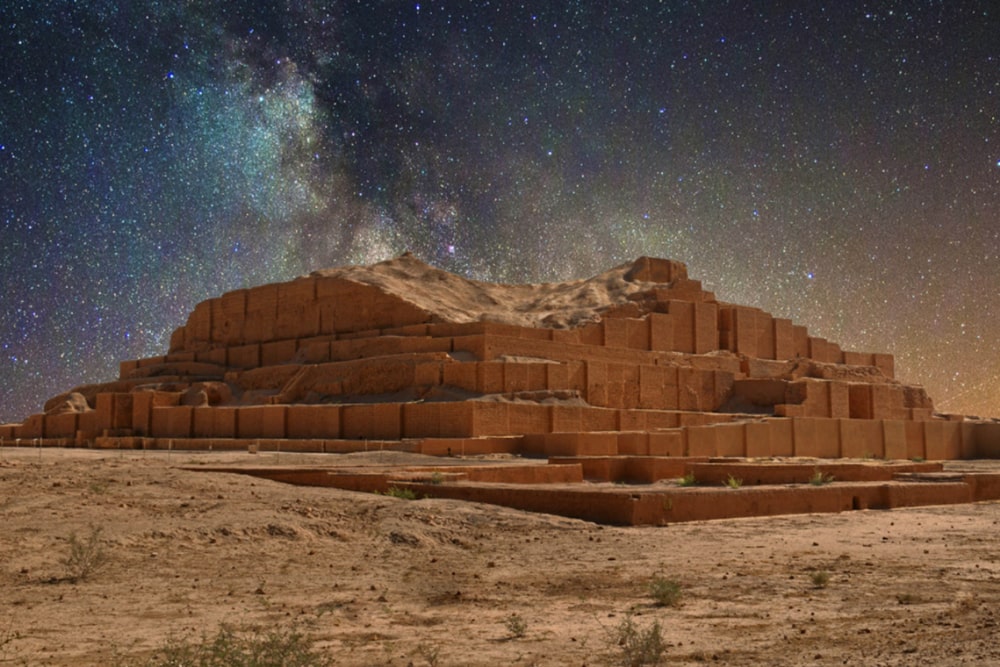
Chogha Zanbil is where you’ll find the ruins of the Holy City of the Kingdom of Elam. It was invaded by Ashurbanipal, and remained unfinished ever since. There are thousands of bricks left unused that can be found at the site.
Persepolis
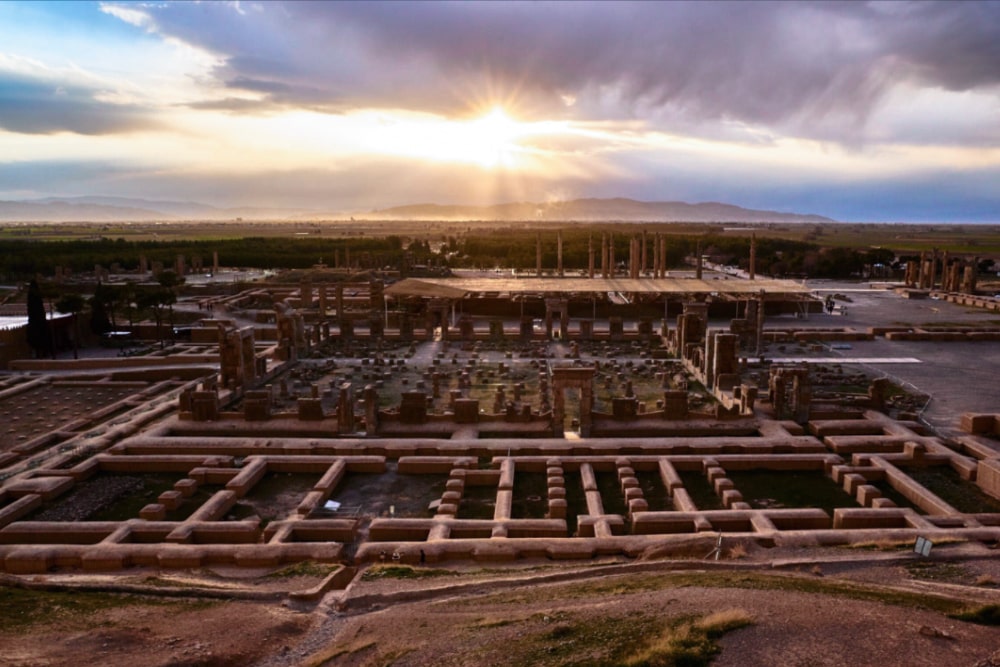
Persepolis is by far the most famous site in Iran. It is one of the world’s greatest archaeological sites, displaying grandiose architecture and extremely impressive engineering. Designed not just to be the seat of government of the Achaemenid Empire, but primarily to be a place of interest and a glorious centre for the receptions and festivals of the Kings, as well as their empire. They certainly succeeded!
Meidan Emam (Naghshe-Jahan)
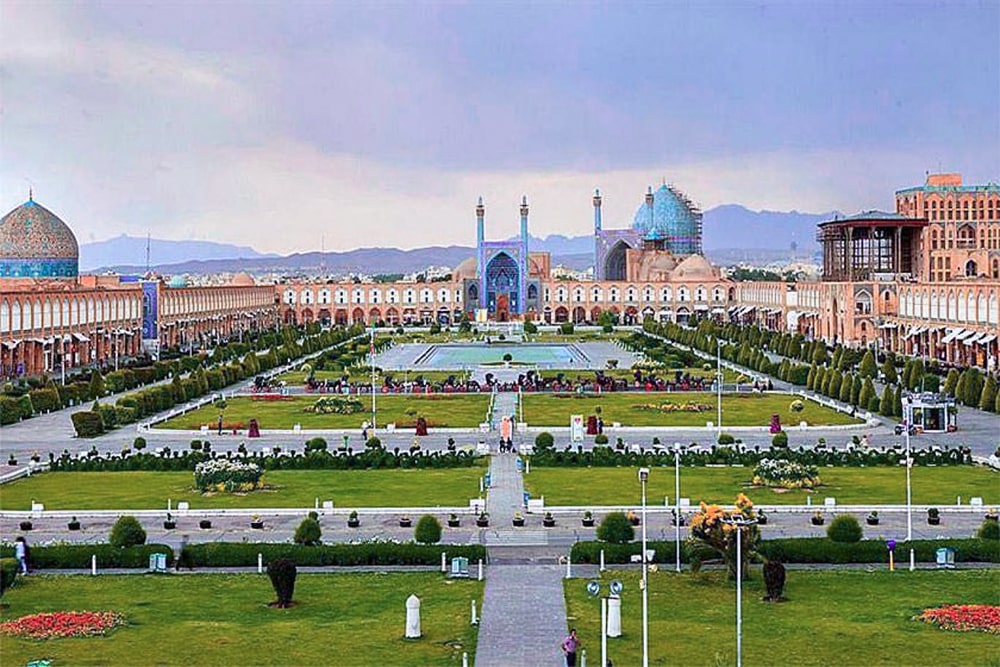
Meidan Emam is one of Iran’s top tourist attractions, with an impressive testimony to the social and cultural life in the country during the Safavid era. It showcases exceptional Iranian and Islamic architecture, and is also one of the world’s largest city squares.
Takht-e-Soleyman
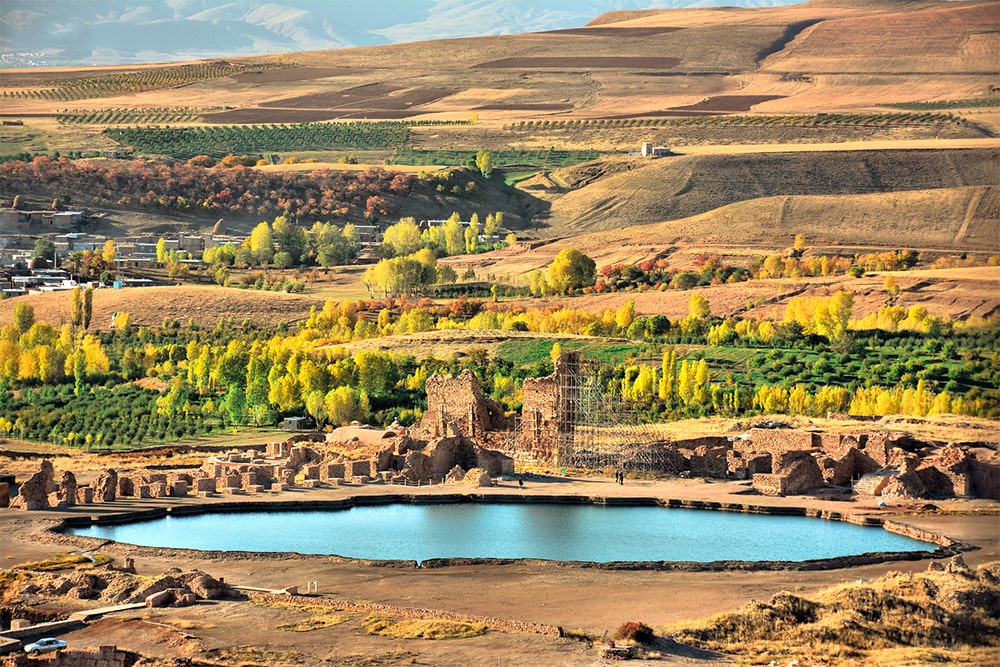
Takht-e-Soleyman is the main site of Zoroastrianism. It is an archaeological ensemble with symbolic and spiritual significance related to fire and water. This unique compound includes a range of structures from pre-Islam to post-Islam eras. Breathtaking.
Pasargadae
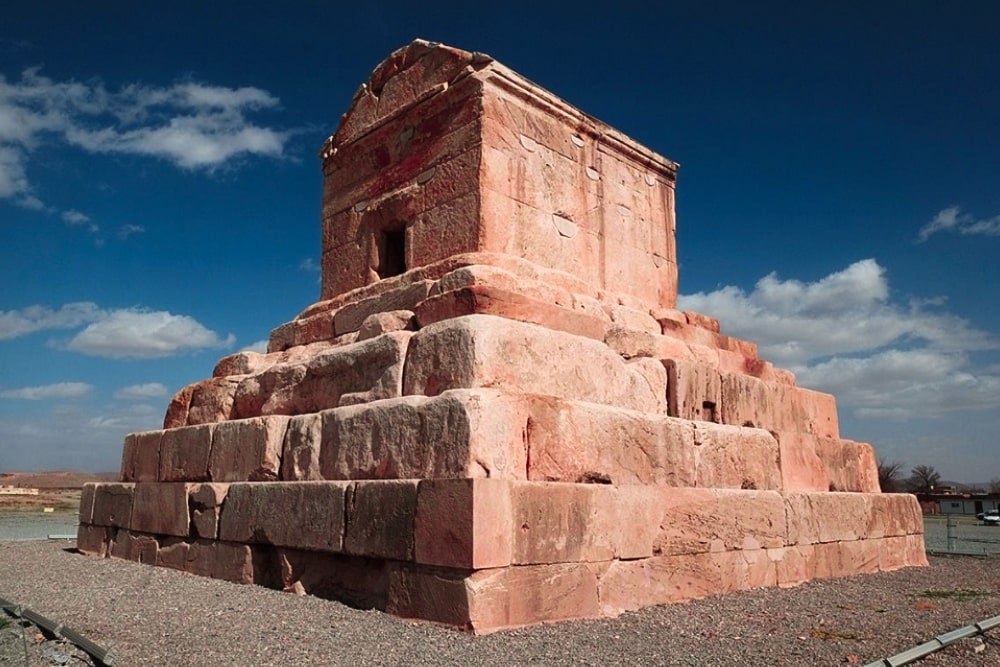
Pasargadae is the first capital city of the first Dynastic Persian Empire, which also witnessed the Achaemenid civilization and showcases the first examples of Persian garden planning in the history of Iran.
Bam
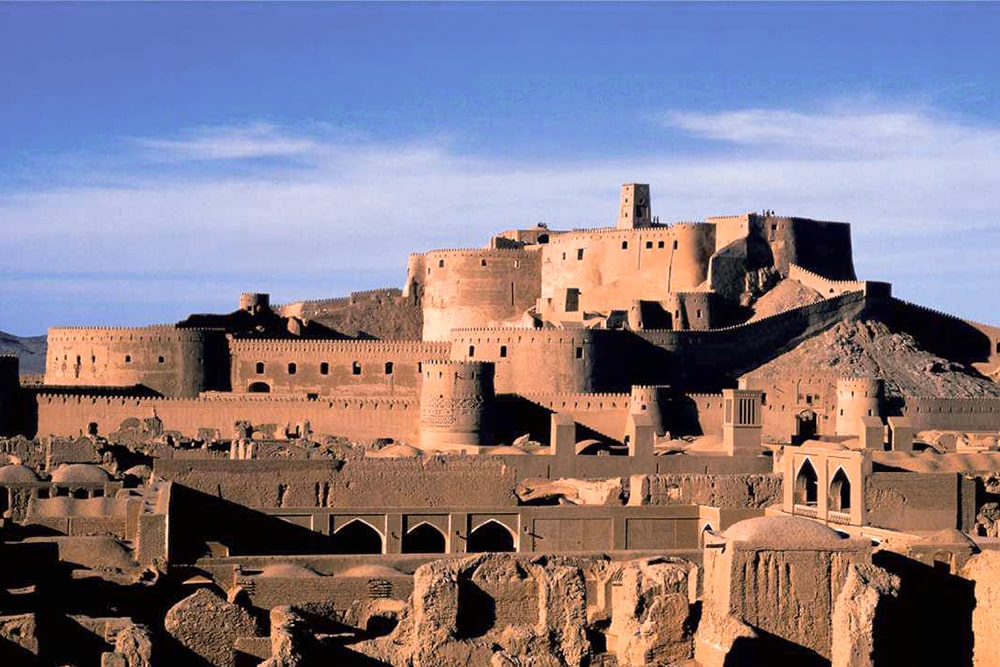
Bam is an ancient walled city with remnants of Kariz, the ancient Iranian underground water supplement system that made life possible in the oasis. This tourist attraction bears evidence of the technological development in the building for over 2000 years!
Soltaniyeh
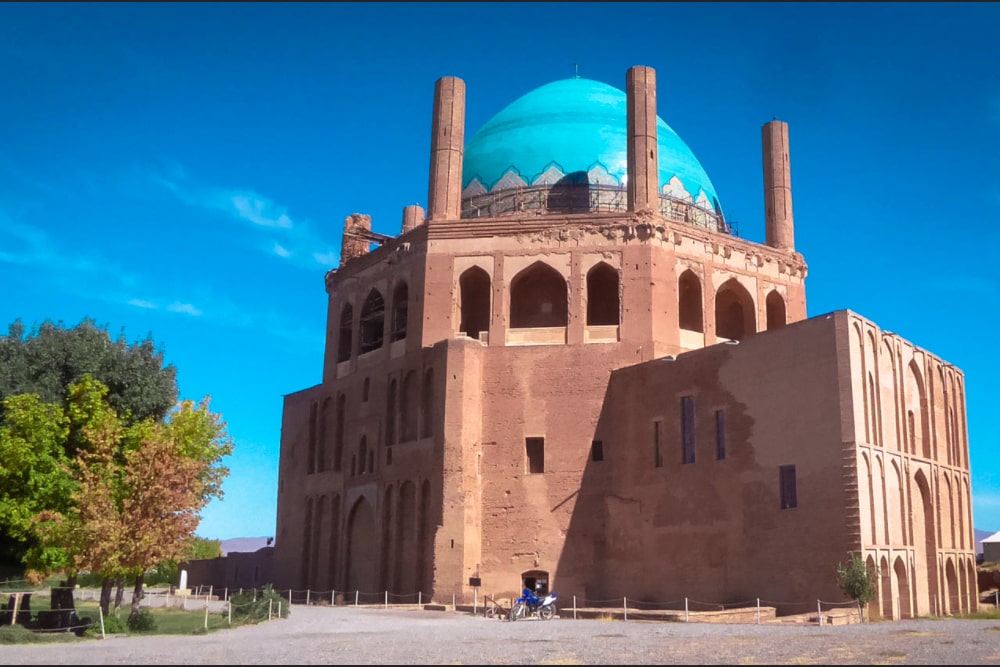
This historical site exemplifies the achievements of Persian architecture and has a key role in the evolution of Islamic architecture. Soltaniyeh is where the Mausoleum of Oljaytu stands, which is a breathtaking dome that is covered with turquoise-blue faience tiles.
Bisotun
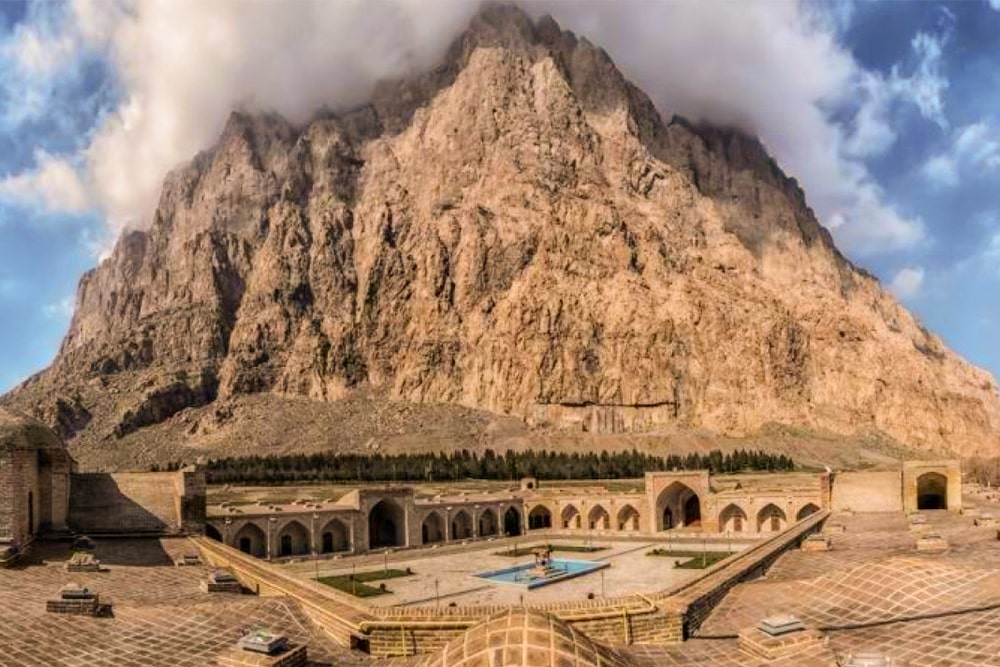
Bisotun is where the world’s largest inscription is found. Consisting of 1119 lines of cuneiform in three languages, it measures 15m high by 25m wide, and is located in a very well-known spot. The inscription was created in 521 BC, on the orders of King Darius I in 521 B.C.
Shushtar Waterfalls
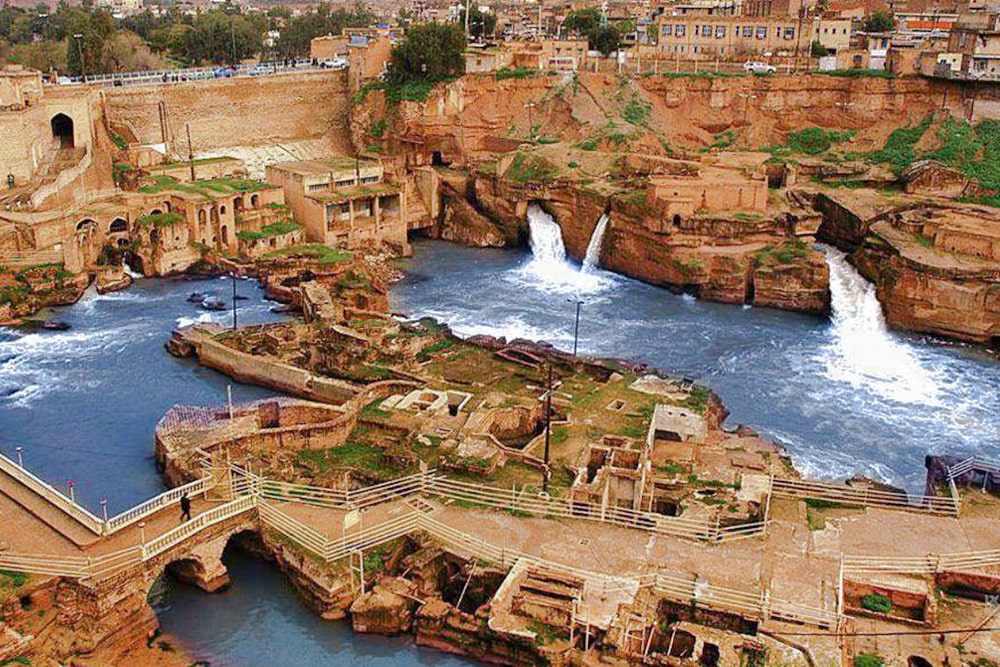
Shustar Waterfalls is a historical hydraulic system that is viewed as a work of pure creative genius, featuring masterpieces of engineering during the period of ancient Iranians. This hydraulic system includes a collection of waterfalls, dams, bridges, basins, mills and more.
Armenian Monastic Ensembles

This World Heritage Site in Iran is home to 3 monastic ensembles of the Armenian Christian religion, namely St. Thaddeus, St. Stepanoz, and the Dzordzor Chapel, with the oldest structure dating back to the 7th century. These monasteries not only depict Iranian architecture, but also played important roles in the widespread of the Armenian culture in the region.
For more sites to choose from, take a look here for a full list of all UNESCO World Heritage sites in Iran.



